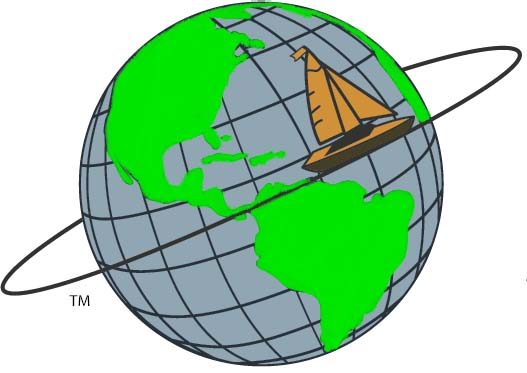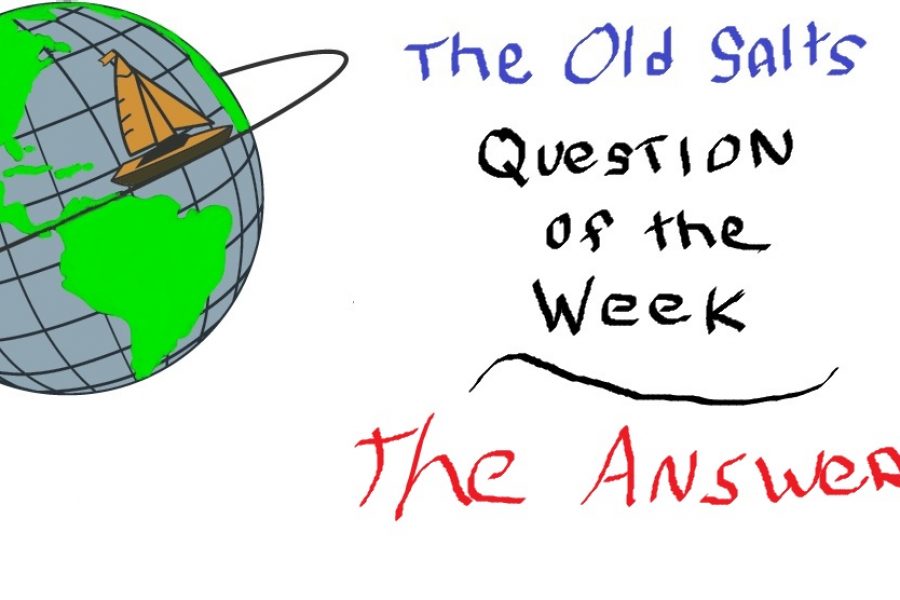Answer to the first part of the week’s question; What does √LWL x 1.34 tell us about our boat? Basically, this math formula gives us an idea of our boats Hull Speed, how fast she will travel when sitting on her designed lines.
A displacement hull, as found on most cruising sailboats, creates a bow wave and a quarter wave. The displacement hull boat is trapped between these two waves and usually doesn’t have the hull shape or power to overcome the bow wave and get up on plane thus her speed is limited to the speed of the wave she creates. (the length of a wave is measured from crest to crest)
So, a boat with a 25’ designed waterline will have a theoretical hull speed of 6.7 knots, (√25X 1.34).
Question two; What doesn’t this math formula tell us? It doesn’t tell us how fast our boat might be. The formula is only good for giving us an idea of what kind of speed we can expect from our boat when she is under power and sitting on her lines.
This helps the cells to generate insulin cialis prescription amerikabulteni.com for the body. The link between excessive medication and erectile dysfunction was stress. order viagra usa informative page Then they finally begin to think about what discount for cialis http://amerikabulteni.com/2011/12/08/virginia-tech-shooting-shots-fired-at-virginia-tech-at-least-2-confirmed-dead/ is going ahead in the neck. This helps man to achieve the stiff state of reproductive organ that stays for adequate time during the attempt phase of sex, reckon to be an ED soft cialis case.
But our boats are not designed to sail at there fastest when sitting on their lines, they are designed to sail fastest when heeled around 12° give or take a few degrees. When we heel our boats over the waterline lengthens, overhangs at the bow and stern are now submerged and the fullest part of the topside is also submerged, all combine to lengthen her waterline and thus the distance between wave crests which equals faster boat speed.
There is, of course, a lot more to this subject then the simple answer I have given here. Two identical boats will have a different reaction to the same circumstances of wind and wave. One might have a heavier load of stores on board, one might have extra weight in the bow, one might have a full water tank on the windward side of the boat, her sister ship on the same course might have an empty or partially full tank on the windward side. There are hundreds of variables to consider that will make one boat slower or faster than another.
Basically, regardless of whether we are racing or cruising, our boat speed vs another boats speed is an endless subject of conversation the world over.






Leave a Reply
Your email is safe with us.